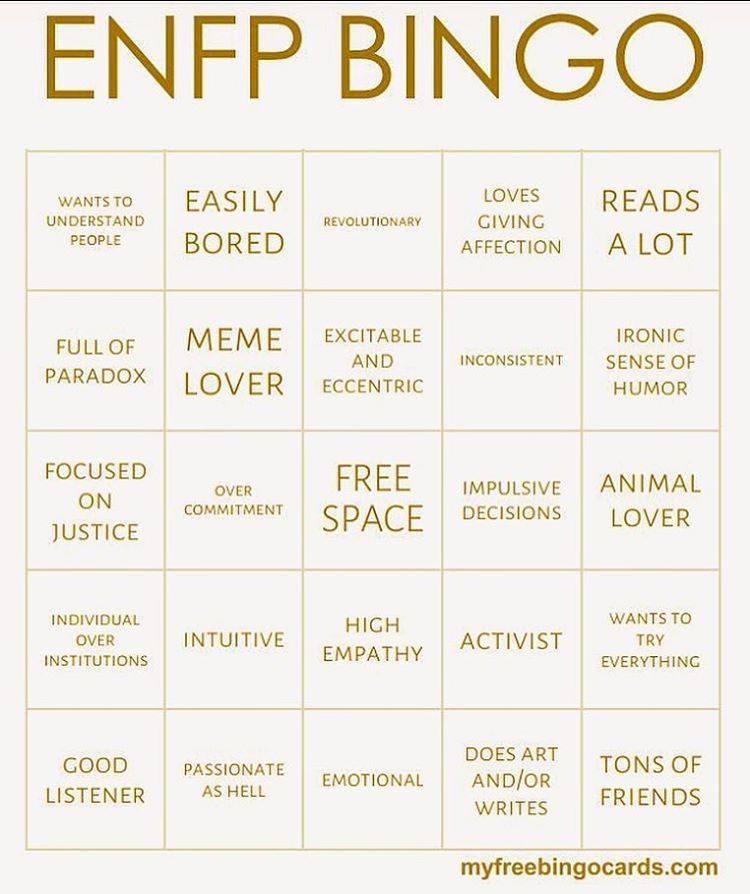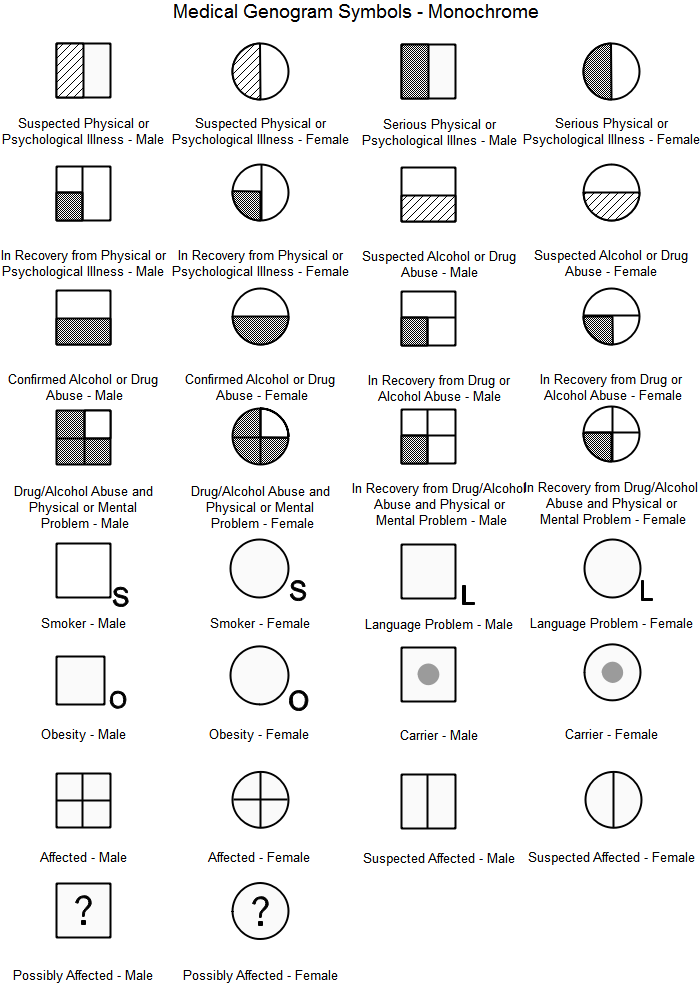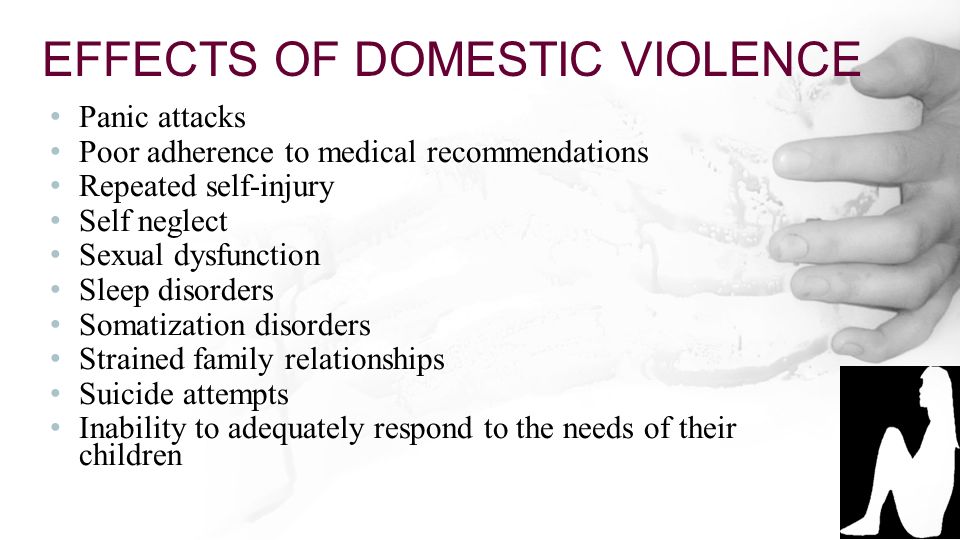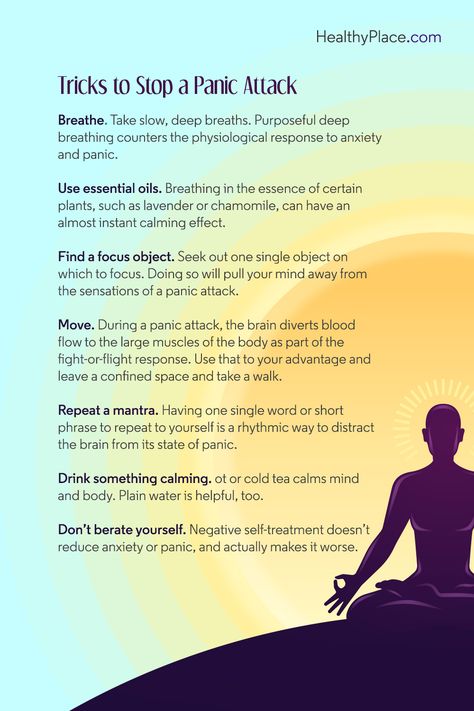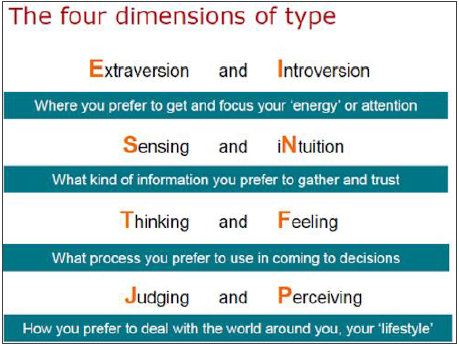Signs of paranoia in relationships
7 Steps to Make It in a Relationship with a Paranoid Partner
If your partner has paranoia, it may wax and wane over the course of the relationship, but likely it will always be present in the background. Paranoia tends to manifest as a desire for control at all costs. In romantic relationships control seeking can show up in many different behaviors: information gathering, question asking, searching, reorganizing, spying, tracking, accusations of falsehoods, trap setting, or going through anothers phone and computer. Usually a combination of these actions is present.
The paranoid person may not think that these behaviors are strange and may even try to convince you that they are sensible actions in a relationship. Dont be fooled by this way of thinking. These are anxiety reduction techniques at another persons expense.
No one can ever know everything about another person, and who would want to??!! For example, do you really need to know every bodily function your partner has, or that they think your mother is a b-word, or even that a waiter broke a plate during lunch. Of course not. Thats why we edit and/or share given each unique life situation.
Many paranoid people go over details endlessly. Ruminating on possible slights or actions of deceit that arent really there. Facts are not facts in the way that paranoid individuals use them.
Paranoia takes a colossal health toll both mentally and physically on both parties in the relationship. Here are 7 steps you can take, if you find yourself in a paranoid love relationship and want to continue to stay in it.
- The first step in broaching paranoia with a partner can be a simple statement about desiring a healthy relationship. Addressing how you are feeling, the acts that have caused the disruption in the relationship, and the desire for the relationship to work and grow, can be one of the least threatening ways to explore the subject with your partner. This may require the broken record approach of restating that accusations and continued scrutiny contributed to your decline in mental health.
 Dont give up!
Dont give up! - Seek counseling. Couples therapy can be extremely helpful for those wanting to work to decrease the effects of paranoia in the relationship. Keep your request to seek counseling simple and straight-forward. With the high levels of distrust that accompany paranoia, the first sessions of counseling may be very challenging. The paranoid individual will most likely distrust the entire concept of therapy. Taking time to get to know the therapist and allowing your partner the space to share at their own pace will be a necessity. Continue to own your feelings and responses to your partners paranoid reactions and remember your own truth. Your partners reality when they are in their paranoid state, is not accurate.
- Under NO circumstances should you ever admit or agree to fault when accusations are not true, as it only perpetuates the paranoid state. I worked with a couple where after repeated and abusive interrogations from the wife about his fidelity, the husband admitted to kissing another woman even though he had not done it.
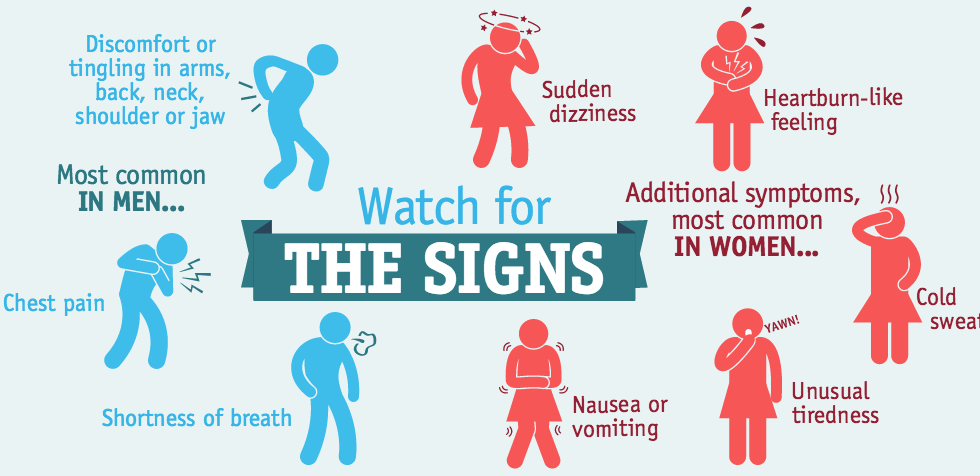 He reported that he just wanted to make the questioning stop and he thought this was the best way to help them move forward. Sadly, this just further fueled the wifes suspicions and the wife filed for divorce from her faithful husband.
He reported that he just wanted to make the questioning stop and he thought this was the best way to help them move forward. Sadly, this just further fueled the wifes suspicions and the wife filed for divorce from her faithful husband. - Remember to care for yourself. Use activities that help reduce your emotional arousal and help clear your thinking yoga, exercise, meditation, deep breathing, and eating well. Possibly you may need psychiatric medications if you find yourself becoming depressed or anxious.
- Seek support from someone you trust, like a friend, family member, or therapist. Having a non-judgmental voice validate your feelings can give you enormous comfort and can keep you grounded while you work on your relationship. Many people in paranoid relationships feel very isolated and shameful telling people the truth about what is happening in the relationship. Unfortunately this perpetuates the paranoia and isolation.
- Consider taking a break from the relationship to help clear your thinking.
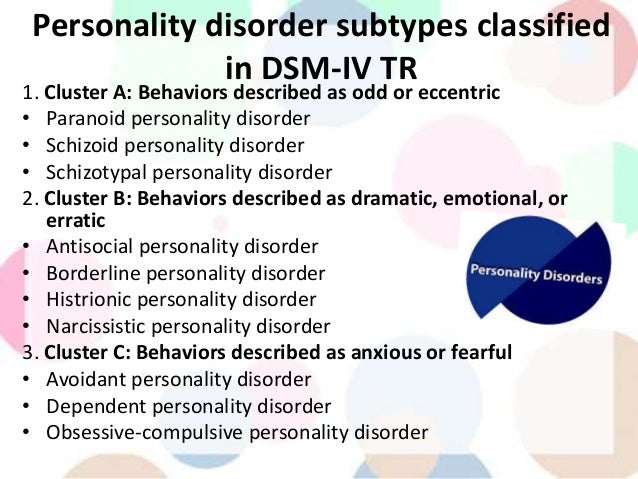 This can be done by moving out or putting the relationship on hold for a period of time. While this may be threatening to the paranoid person, it is important to have space to make sure your thoughts are wise and in the best interest of both parties. Taking time for yourself is essential.
This can be done by moving out or putting the relationship on hold for a period of time. While this may be threatening to the paranoid person, it is important to have space to make sure your thoughts are wise and in the best interest of both parties. Taking time for yourself is essential. - Paranoia is part of a larger mental health issue such as, depression, PTSD, psychosis, paranoid personality disorder, schizophrenia, or schizoaffective disorder. Dont try to diagnosis your partner on your own. Seek help from a mental health professional to assess his or her unique symptoms, and especially to restore your own piece of mind.
If you dont feel like yourself anymore, rest assured that you can get back the person you used to be. Dont let the paranoia win.
What To Do If You Feel Paranoid in a Relationship?
Have you ever been tempted to check your partner’s phone while sleeping? Do you have any concerns regarding their friendship with a coworker? Do you phone them if they’re away to see how they’re doing? What are your thoughts on their financial disclosures? Have you ever started an argument with a friend whenever you see them?
These are some symptoms of relationship paranoia.
What Is Relationship Paranoia?
Relationship paranoia is anxiety that can occur in any relationship but is most commonly seen in romantic relationships. People who suffer from relationship paranoia often fear that their partner is cheating on them, lying to them, or planning to leave them. This fear can cause a lot of anxiety and lead to many problems in the relationship. People who suffer from relationship paranoia exhibit signs of obsessive-compulsive disorder.
Relationship paranoia causes
Relationships in the Past
Because paranoia often arises from painful life events in the person’s past, a person’s past relationships may affect whether they feel paranoid in their current relationship.
For example, the person may have previously been cheated on, or their trust may have been brutally damaged. It can influence how individuals perceive the environment, and their paranoid ideas may serve as a protection mechanism against future threats.
Stress Levels Are High
Elevated stress levels are another typical cause of paranoia.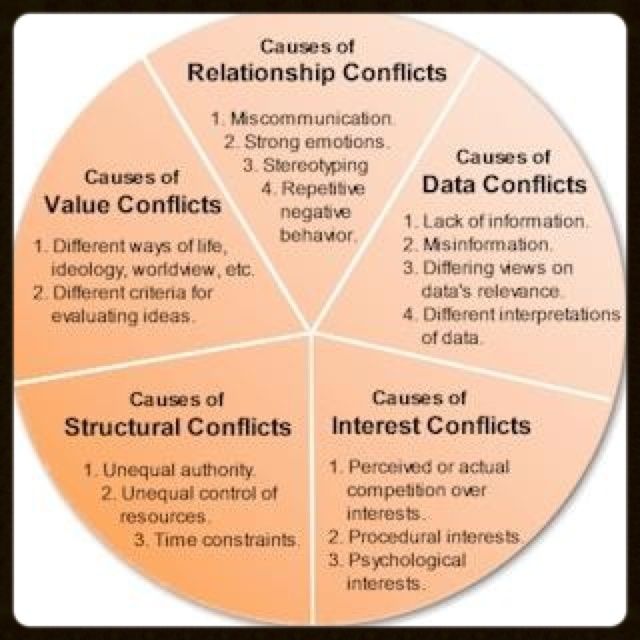 People under a lot of stress are more likely to have paranoid thoughts.
People under a lot of stress are more likely to have paranoid thoughts.
Also, a person’s history of trauma, trust abuse, and high relationship stress levels can contribute to relationship paranoia.
Violations of Trust
It is important to note that paranoia can have solid causes. Infidelity or other factors such as finances or social situations may have violated the person’s trust, either recently or in the past.
How to Reduce Your Paranoia in a Relationship
Here are some strategies for reducing relationship paranoia:
Understand the source
Understanding the source of your paranoia might be beneficial, especially if it arises from an incident. You can spend some time looking within yourself to figure out what’s creating these sensations, or you can talk about it with friends or loved ones.
Identify trigger scenarios
You may realize that particular sensations or events cause your paranoia. Tracking these triggers can help you identify which areas require improvement. You can keep a record of your feelings if you want to develop self-awareness.
You can keep a record of your feelings if you want to develop self-awareness.
Wait a moment before reacting
Paranoia can force you to respond without thinking. Make a point of pausing, taking a deep breath, processing the situation, understanding that there is no threat, and then reacting thoughtfully, so you don’t say or do anything you’ll later regret.
Communicate your feelings to your partner
Have an open conversation with your partner about your feelings and why. Instead of blaming them, concentrate on expressing your emotions. Instead of stating, “You upset me by…”, substitute “I occasionally feel irritated when…”
Be open to their point of view
Be open to your partner’s suggestions. Listening to them and grasping things from their point of view is critical.
Discuss your requirements
Begin by telling your spouse what you require to feel more secure, and then ask them what they require from you.
Avoid succumbing to paranoia
If you indulge in paranoid activities, try other ways to occupy and keep yourself busy.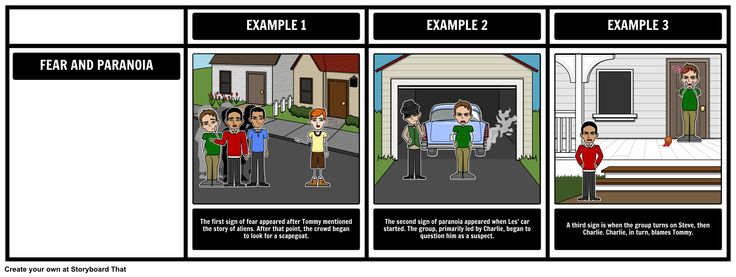 Watch a movie, go out with your friends, concentrate on your work, pursue a hobby, prepare a tasty dinner, or do something else you enjoy.
Watch a movie, go out with your friends, concentrate on your work, pursue a hobby, prepare a tasty dinner, or do something else you enjoy.
Seek therapy
lastly, A therapist can help you investigate the root causes of your paranoia, identify triggers, create coping strategies, and enhance your communication skills.
What is paranoia?
Paranoia is a severe psychiatric illness characterized by the development of logically constructed delusional ideas. This is one of the first diseases that began to be dealt with in modern psychiatry, along with the treatment of schizophrenia and neurosis. With paranoia, the patient does not progress negative symptoms, to some extent the integrity of the personality is preserved and there is no disturbance in perception - hallucinations.
The term "paranoia" was coined by the German psychiatrist Carl Ludwig Kahlbaum in 1863. Later, another psychiatrist, Emil Kraepelin, described paranoia as an independent disease. For a long time, paranoia was considered in classical psychiatry as an independent mental disorder, and in Soviet and Russian psychiatry it was customary to distinguish paranoid syndrome from paranoid delusions.
For a long time, paranoia was considered in classical psychiatry as an independent mental disorder, and in Soviet and Russian psychiatry it was customary to distinguish paranoid syndrome from paranoid delusions.
Symptoms of paranoia
The main signs of paranoia are delusional ideas and, as a result, negative emotions in relation to others (touchiness, hostility, pathological jealousy), as well as megalomania and the inability to perceive criticism and adequately evaluate oneself. The delusion of persecution, which all patients with paranoia suffer from, is an inadequate perception of reality, some fixed idea that constantly accompanies a person in his daily life and is not questioned. With paranoia, a person is convinced that someone is following him and wants to harm him. This disease differs from other diseases, such as paranoid schizophrenia, in that the person suffering from this disorder does not withdraw into himself and does not lose himself as a person. People suffering from paranoia are characterized by unhealthy suspicion, a tendency to see the intrigues of enemies in random events, to build complex conspiracy theories against themselves. However, in another they retain the logical thinking.
People suffering from paranoia are characterized by unhealthy suspicion, a tendency to see the intrigues of enemies in random events, to build complex conspiracy theories against themselves. However, in another they retain the logical thinking.
Paranoia can coexist with other illnesses such as anxiety and depression.
If such a person is sufficiently socialized, that is, other people continue to communicate with him, he can work at the same job for many years, he can have acquaintances and friends. As a rule, those who suffer from paranoia do not have close friends. However, a paranoid patient may well have a family that will stay with him until the moment when the paranoid delusions intensify and the patient becomes a danger to himself or others.
Causes of paranoia
As in the case of other mental illnesses, the causes of paranoia are a genetic predisposition and some external trigger that launched the development of the disease.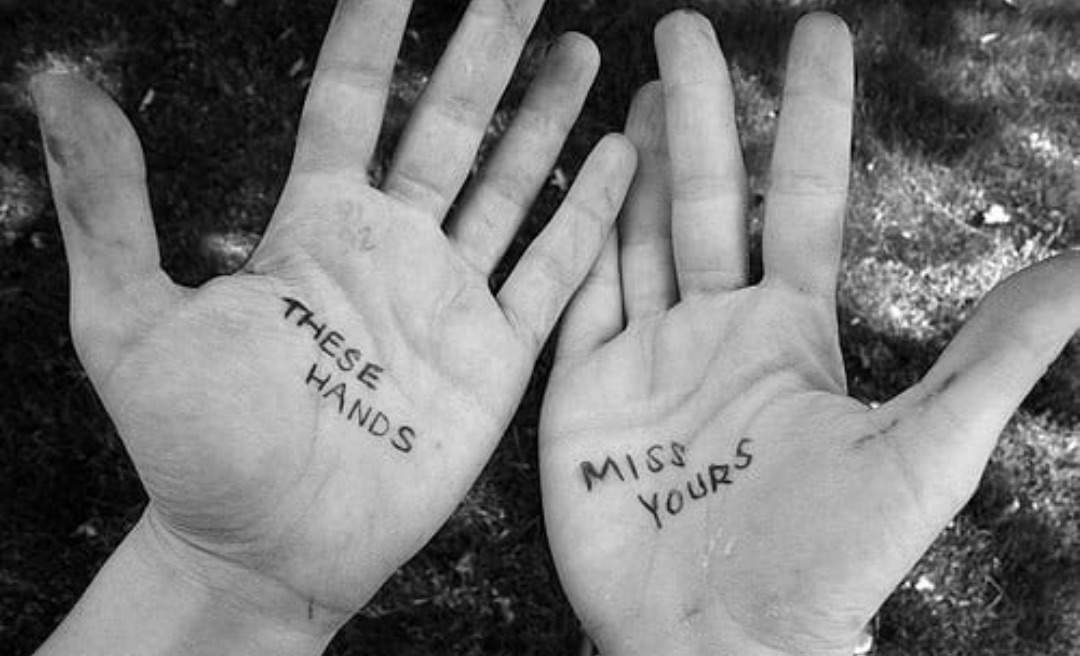 At the moment, science does not know exactly which genes are responsible for the development of paranoia and what specific triggers turn on this disorder. Paranoia can coexist with other illnesses such as generalized anxiety disorder and depression. Sometimes depression is a consequence of paranoia, as it becomes difficult for a person to live with the current picture of the world, according to which he is constantly being persecuted and they want to harm him.
At the moment, science does not know exactly which genes are responsible for the development of paranoia and what specific triggers turn on this disorder. Paranoia can coexist with other illnesses such as generalized anxiety disorder and depression. Sometimes depression is a consequence of paranoia, as it becomes difficult for a person to live with the current picture of the world, according to which he is constantly being persecuted and they want to harm him.
The paranoid patient accepts for himself a certain axiom that is not subject to proof.
In many cases, individual signs of paranoia can develop in old age with degenerative processes in the brain, for example, with atherosclerotic lesions of the cerebral vessels, Alzheimer's disease, Parkinson's disease, Huntington's disease and others. Also, the development of paranoia can cause the use of psychoactive substances - hallucinogens, amphetamines, alcohol and certain drugs.
Delusions of persecution
See also
Psychiatric notes on the margins of the film "The Apprentice" by Kirill Serebrennikov
As a rule, a crazy idea is well formed in the mind of a person.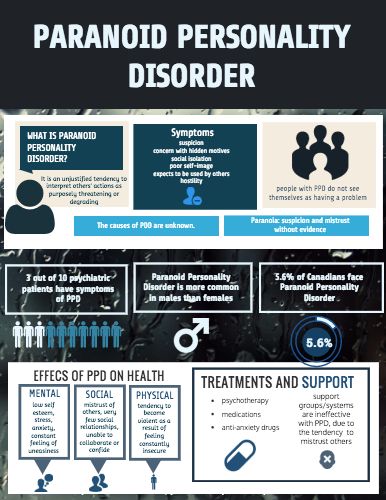 The paranoid patient accepts for himself a certain axiom that is not subject to proof. He convinces himself that someone from his environment, for example, a neighbor or brother, is opposed to him and everything that this person does is aimed at harming the patient with paranoia. Any action that will be performed by this person will be interpreted as an action against the patient. The object of delusional thoughts can be not only people from the inner circle of communication, but also those who are not connected with the family, for example, the police, the KGB, the CIA and others.
The paranoid patient accepts for himself a certain axiom that is not subject to proof. He convinces himself that someone from his environment, for example, a neighbor or brother, is opposed to him and everything that this person does is aimed at harming the patient with paranoia. Any action that will be performed by this person will be interpreted as an action against the patient. The object of delusional thoughts can be not only people from the inner circle of communication, but also those who are not connected with the family, for example, the police, the KGB, the CIA and others.
Paranoia is very well organized, like a pseudo-logical system. A person suffering from this disease is clearly focused on only one crazy idea, which is why such people often manage to maintain themselves as whole individuals for many years. For example, if a person believes that a neighbor is opposed to him, he will not communicate with this neighbor, but will continue to communicate with everyone else. At the same time, he will try to convince them that the neighbor is harming him.
At the same time, he will try to convince them that the neighbor is harming him.
Paranoid people usually do not make the decision to start treatment themselves.
When a person believes that he is constantly persecuted, he either runs away from this persecution, or defends himself by attacking the one he considers the offender. If a patient with paranoia is ready to live with a sense of persecution, and not to attack the one who, in his opinion, is persecuting him, then he is considered socialized in society, and his illness proceeds passively. At the moment when he begins to actively run away from society or attack those who are the object of his delirium, such a person must be hospitalized.
Paranoia diagnostics
For the diagnosis of this disease, the patient must undergo a clinical interview with a psychiatrist. During the appointment, the specialist reveals how long ago the symptoms of the disease began, what triggered the onset of the development of the disorder, and, most importantly, with what or with whom the delusion of persecution is specifically associated. After that, it is important to find out whether the person who is chosen as the object of delirium is not in danger, those around him or the patient himself. At the end of the clinical interview, the specialist needs to decide whether the patient needs hospitalization or in this situation he can be prescribed outpatient treatment.
After that, it is important to find out whether the person who is chosen as the object of delirium is not in danger, those around him or the patient himself. At the end of the clinical interview, the specialist needs to decide whether the patient needs hospitalization or in this situation he can be prescribed outpatient treatment.
See also
Why do we need a psychotherapist?
Paranoid people usually do not make the decision to start treatment themselves. They are sincere and deeply convinced that their perception corresponds to reality and their thoughts are not painful. Such a person, as a rule, will appear at a specialist’s appointment only under external pressure: family, superiors, or by a court decision. In the event that the patient is not dangerous and does not require inpatient treatment, the task of the specialists who carry out the diagnosis is to try to convince the patient to start drug treatment and psychotherapy.
Treatment of paranoia
The treatment of paranoia takes a long time - sometimes more than 10 years. The main task of psychotherapy is to convince the patient that some of his thoughts and certain beliefs are painful. The psychotherapist teaches a person to notice paranoid thoughts in time and not to get involved in them so that they do not lead to actions. This is a very long and hard job. Patients who do not require hospitalization and continue to function in society usually do not stay for long-term treatment, and attend psychotherapy for only a month or two. Paranoia is a chronic disease that lasts for many years, and, unfortunately, there is no cure for it. It takes root, its symptoms begin to appear more acutely, and eventually, when the patient enters the hospital or for psychotherapy, the disease is already in a neglected state.
- Diseases and disorders
Share:
What is paranoia: symptoms and signs
Paranoia - what kind of disease it is, how it affects the life of a person and the people around him.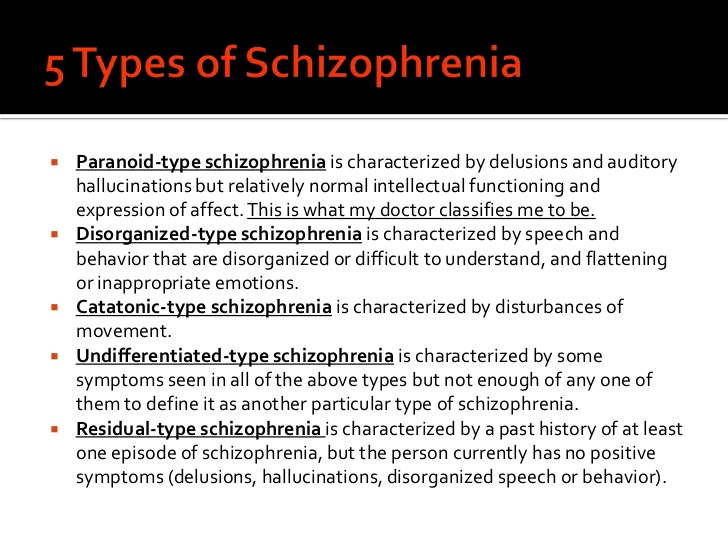 What is the relevance of the problem? What are the main causes and signs of paranoia, what is its differential diagnosis based on? Whether its effective treatment of this disease is possible or probable? The answers to these questions are offered by the Chief Physician of the Health Harmony Medical Center, a practicing psychiatrist, psychiatrist-narcologist and psychotherapist Vladislav Sipovich.
What is the relevance of the problem? What are the main causes and signs of paranoia, what is its differential diagnosis based on? Whether its effective treatment of this disease is possible or probable? The answers to these questions are offered by the Chief Physician of the Health Harmony Medical Center, a practicing psychiatrist, psychiatrist-narcologist and psychotherapist Vladislav Sipovich.
What is paranoia and how relevant is its problem?
Paranoia in Greek literally means "next to the mind", which can be regarded as a deviation from normal thinking in the direction of exaggeration of one's own personality and the ideas produced by it, while maintaining the logic of judgments. A person actually retains the ability to reason, but all his thoughts are aimed solely at proving his significance and the recognition by society of his overvalued ideas. At the same time, self-criticism is practically absent, but a critical attitude towards people who do not share ideas about the exclusivity of the patient himself literally rolls over.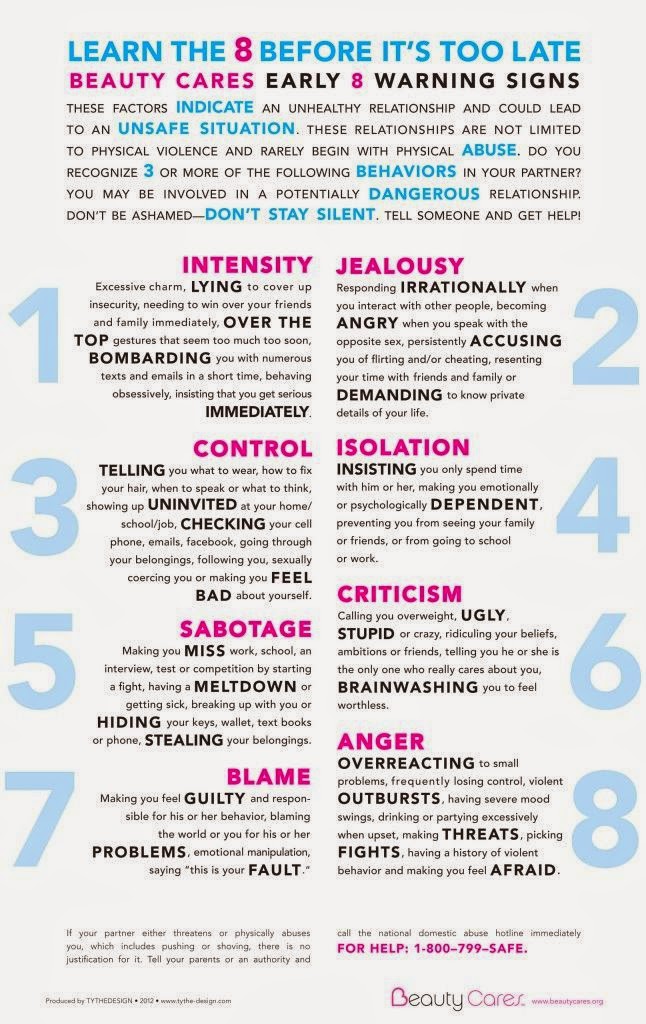
Paranoia is a rare type of chronic mental disorder that develops mainly in people who have reached adulthood. According to statistics, among patients undergoing treatment in psychiatric hospitals, the proportion of patients with paranoia is only 0.5-1%, and among all mental disorders 2-4%. Perhaps such low statistics is due to low detection, which in turn is associated both with the difficulty of differential diagnosis and with the patient's non-recognition of his disease state and the ability to integrate and function in society.
A paranoid person is a person who is convinced of the value of his ideas and the prejudice of others. Attempts to prove the irrationality and unreality of the thoughts put forward by the paranoid cause only anger, distrust, hostility and even aggressiveness not only towards outsiders, but also to close people themselves, as well as to specialists trying to help. Establishing contact with such a patient is extremely difficult and requires, at the initial stage, a partial recognition of the supervalue and uniqueness of even the most delusional ideas. Paranoia is a disease that has such features as:
Paranoia is a disease that has such features as:
• Gradual development without aggravation of the pathological dynamics of symptoms and without an increase in personality changes. In practice, this means the absence of apathy, a decrease in vitality, abulia (loss of will and motivation). The nervous and energy potential of the patient remains consistently high, aimed at achieving the goal, and internal dissatisfaction finds a way out in conflict with the outside world and the fight against imaginary injustice.
• Logical validity and consistency of false ideas, which is almost impossible to refute. All objections have seemingly logical antitheses.
• The topic of ideas is usually monodirectional, i.e. concerns a certain sphere of knowledge and activity of society. A classic example is graphomania, when a person, having once achieved the publication of his poems or story, begins to consider himself an outstanding and unsurpassed poet or writer. The constant refusals of publishers to publish his "masterpieces" are perceived as the intrigues of envious people, unprofessionalism and bias of editors, publishers, and so on.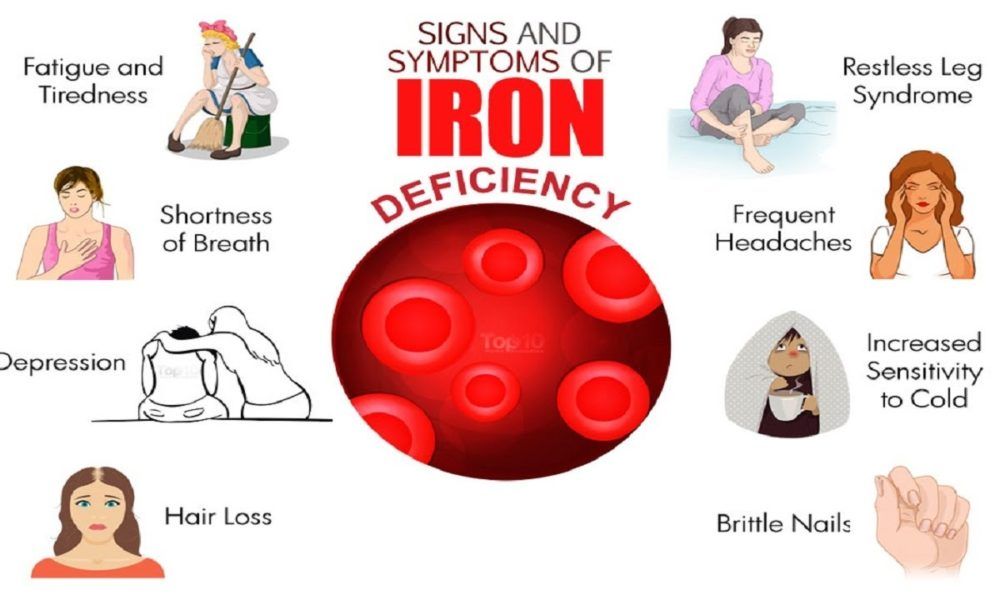 It is almost impossible to prove the inconsistency of the claims of the paranoid, tk. he takes criticism as a personal insult and reacts with extreme hostility. Switching to another topic is uncharacteristic, the patient stubbornly achieves his goal and attacks various publishing houses ad infinitum. All these torments last for years and decades, causing extreme anger and hostility to the whole world.
It is almost impossible to prove the inconsistency of the claims of the paranoid, tk. he takes criticism as a personal insult and reacts with extreme hostility. Switching to another topic is uncharacteristic, the patient stubbornly achieves his goal and attacks various publishing houses ad infinitum. All these torments last for years and decades, causing extreme anger and hostility to the whole world.
• Absence of hallucinations, i.e. distortions in the perception of reality. By the way, experts do not have a unanimous opinion on this matter, many sources recognize the existence of various types of illusions in paranoid people, but usually these symptoms are observed in combined mental disorders, for example, delusions similar to paranoia in schizophrenics. These phenomena have nothing to do with classical "pure" paranoia.
• Consistent and generally predictable behavior based on the formal connection of many real elements with the paranoid's false ideas.
A person with paranoia is characterized by extreme suspicion, blaming imaginary enemies for his failures, and a tendency to construct conspiracy theories against him in his imagination.
The urgency of the problem is that one paranoid person can complicate the lives of many people, including not only those closest to him, but also those to whom he addresses with his "projections". The circle of interests of the paranoid includes officials, specialized specialists, writers, directors, producers, public figures, judicial authorities, etc. The received refusals to satisfy requests and logical explanations do not stop the paranoid, but only increase his perseverance. Sometimes he turns into a manic persecutor and can even stoop to physical violence against those who refused him protection.
What is the differential diagnosis of paranoia based on?
If earlier in classical psychiatry paranoia was considered as an independent disease for a long time, then according to the modern international classification of diseases of the 10th revision (ICD-10), it is not distinguished into a separate heading, but is referred to as a subheading of delusional disorder.
Paranoia should be differentiated from similar paranoid (paranoid) personality changes. The latter often accompanies many mental disorders, in particular, schizophrenia, paraphrenia, social phobias, anxiety disorders, post-traumatic stress and borderline conditions, and alcoholic psychoses.
The difference between paranoia and paranoid personality disorders (hereinafter BPD):
• Paranoia is characterized by following one idea, for example, if a paranoid person is convinced that a neighbor is harming him, then he will not communicate with him, maintaining communication with another environment. A hostile and aggressive attitude towards certain people develops when they do not recognize the overvalued ideas of the patient and when they make critical statements about him. With paranoid disorder, distrust of everyone and everything comes to the fore, colleagues, the CIA, the FSB and the whole world can be objects of distorted ideas. At the same time, the presence of an initial overvalued idea is absolutely not necessary.
• Paranoia is always distinguished by a consistently built and logically connected system of ideas, which is based on the acceptance of some idea as an axiom that does not require proof. Otherwise, thinking retains its rationality and allows paranoids to exist and function normally in society. They usually do not make friends, but they may have family relationships. In BPD, delusions are unsystematized and inconsistent.
• In paranoia, there are no hallucinations or illusions. Paranoid disorder is characterized by a distorted perception of reality.
• Paranoid disorders are much more common than paranoia. For example, in the United States, about 2-4% of the population suffer from more or less pronounced mental disorders of the paranoid type. This is due to the fact that the very concept of BPD is broader and includes paranoia itself, endogenous (paranoid schizophrenia) and exogenous (provoked by stress, an unusual situation, etc.) paranoid psychoses.
• In BPD, there is a progressive change in personality, which can lead to a complete disorganization of thinking, which is not typical for classical paranoia with the preservation of structured, consistent and logical thought processes.
• Cause of paranoia unknown. There are only hypotheses about a genetic predisposition, but the gene responsible for its development has not been found. An external trigger that starts the psychopathological process can be any event that is extremely difficult to identify. A number of factors predispose to the development of a paranoid disorder. These include schizophrenia and delusional disorders in close relatives, problems of upbringing in a family with violence, totalitarianism and increased parental care, as well as restriction of communication due to physical defects or illness. In fact, paranoid disorder is formed as a hypertrophied self-preservation instinct, which leads to isolation, pathological suspicion and distrust of close and distant environment, constant readiness to defend oneself from hostile, harmful persons and events. In addition, hallucinogens, amphetamines, alcohol, and other chemicals can cause a temporary paranoia-like disorder.
Only an experienced specialist can differentiate paranoia from paranoid disorder. Moreover, there is no complete clarity on this issue in psychiatry. The importance of the problem is that the choice of an effective method of its treatment depends on the nature of a mental disorder.
Moreover, there is no complete clarity on this issue in psychiatry. The importance of the problem is that the choice of an effective method of its treatment depends on the nature of a mental disorder.
What are the types of paranoia?
The classification of certain types of paranoia is based mainly on the prevailing fixed idea. Depending on this, the most common forms of paranoia are distinguished:
• Involutional paranoia that develops at a mature age of 45-60 years, in women often coinciding with menopause. It is characterized by systematized delusions of persecution, jealousy, less often grandeur. The onset is usually acute, the course is long, the treatment is stationary.
• Paranoia of greatness, or megalomaniac with ideas of reforming society, science and art, as well as inventions and "great" discoveries.
• The paranoia of jealousy is based on the dogma of adultery or adultery. Moreover, treason does not need fixation and proof, but is accepted as an axiom. No arguments of the second half are able to shake the confidence of the pathological jealous that he is right. Initially, the patient accuses the partner of coquetry, the desire to attract the attention of the opposite sex, cheeky behavior, shameless snuggling during the dance, and even a bashful reaction to compliments. This goes on for several years, after which suspicions develop into a firm belief in treason.
No arguments of the second half are able to shake the confidence of the pathological jealous that he is right. Initially, the patient accuses the partner of coquetry, the desire to attract the attention of the opposite sex, cheeky behavior, shameless snuggling during the dance, and even a bashful reaction to compliments. This goes on for several years, after which suspicions develop into a firm belief in treason.
• A religious form that develops against a background of religious beliefs.
• Erotic paranoia, in which the main content of delusional ideas is erotic fantasies. It develops mainly in women between 40 and 50 years of age.
• Persecutory form - paranoia with systematized delusions of persecution.
• Senile paranoia of old age, often coinciding with senile dementia, Alzheimer's, Parkinson's and other degenerative diseases of the brain.
• Alcoholic paranoia, which is a chronic psychosis caused by alcoholic encephalopathy. Most often occurs in men and is manifested by delusions of jealousy and / or persecution.
There are other types of paranoia, such as those with complainer delusions or hypnotic charms, but these are much less common.
What are the main signs of paranoia and its clinical picture?
The main symptoms of paranoia include such mental manifestations as:
• The presence of overvalued ideas that become fixed ideas and haunt the patient throughout his life. At the same time, paranoids are as persistent as possible, they spend all their strength and finances on proving the importance of their invention, discovery or method of reforming society. The literature describes a case when a man from Vladivostok "discovered" a new way of fishing, taking into account the location of the stars. He arrived in Moscow, knocked on the thresholds of various authorities, which gradually began to ignore him, went down and even spent the night at railway stations. At the same time, the fate of the family abandoned in Vladivostok - parents, wife and children, did not bother him at all.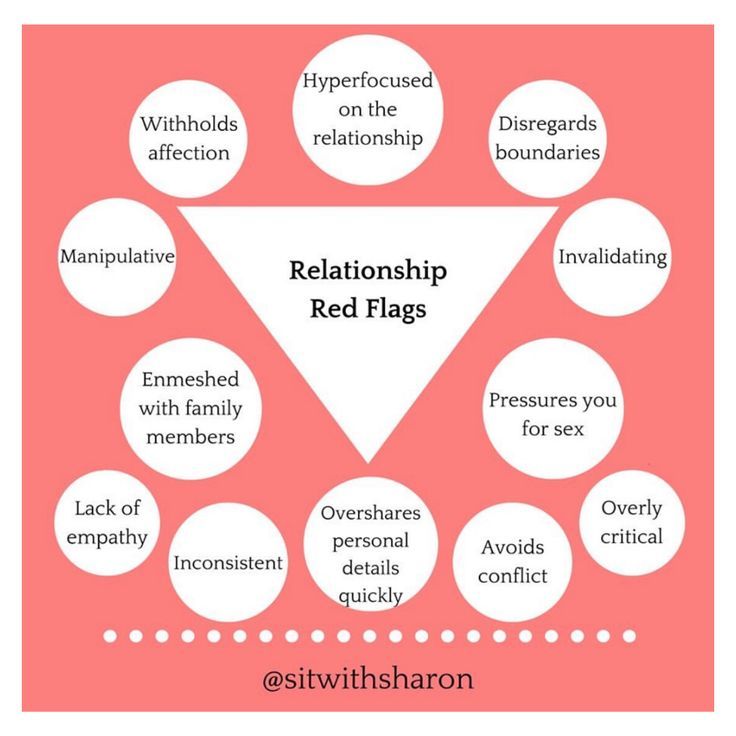
• Overestimation of the role of one's own personality, leading to delusions of grandeur or persecution. In the first case, the patient considers himself capable of doing good to all mankind, and in the second, that all the forces of the world are directed against him. For example, the neighbor's dog barks because the neighbors tease her to spite him, the March cats yell specifically to prevent him from sleeping, the children in the yard make noise in order to annoy him, etc.
• Pathological suspicion, in which a person sees in everything the machinations of enemies and ill-wishers. He connects even the most insignificant events into a conspiracy theory built by him against himself. All this is accompanied by suspiciousness, vindictiveness, vindictiveness, inadequate assessment of criticism and a complete lack of a critical attitude towards one's own actions. The patient does not perceive someone else's opinion, it is useless to prove the fallacy and inconsistency of his ideas.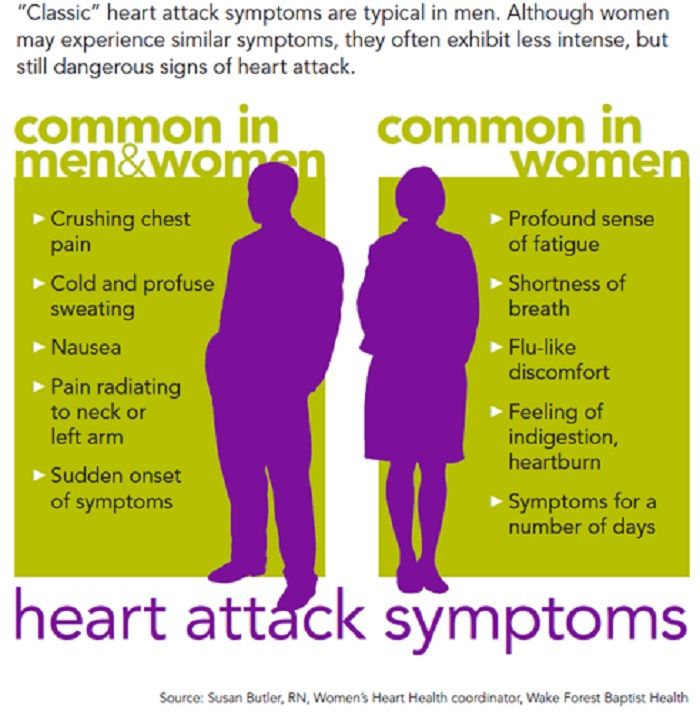 The paranoid is convinced that everyone around wants to harm him, take away his property, downplay his merits, exploit him and try to manipulate him in their own interests. As a result, a hostile attitude towards everyone around is formed, which, with an attack of acute paranoia, can turn into aggressive actions and make the patient dangerous even for the closest people.
The paranoid is convinced that everyone around wants to harm him, take away his property, downplay his merits, exploit him and try to manipulate him in their own interests. As a result, a hostile attitude towards everyone around is formed, which, with an attack of acute paranoia, can turn into aggressive actions and make the patient dangerous even for the closest people.
• Extreme susceptibility to stressful situations. The state of affect lasts for a long time and at any memory of it “comes to life with renewed vigor. Even if the paranoid does not show his emotions, then only with an eye on future revenge, because. he does not forgive insults.
One's own failures, mistakes made are experienced very sharply because of wounded pride. Paranoids are extremely ambitious, distinguished by arrogance and a tendency to overestimate their abilities and achievements.
What are the main ways to treat paranoia and how should others behave during an attack of paranoia?
Paranoia is a psychiatric illness that is very difficult to treat.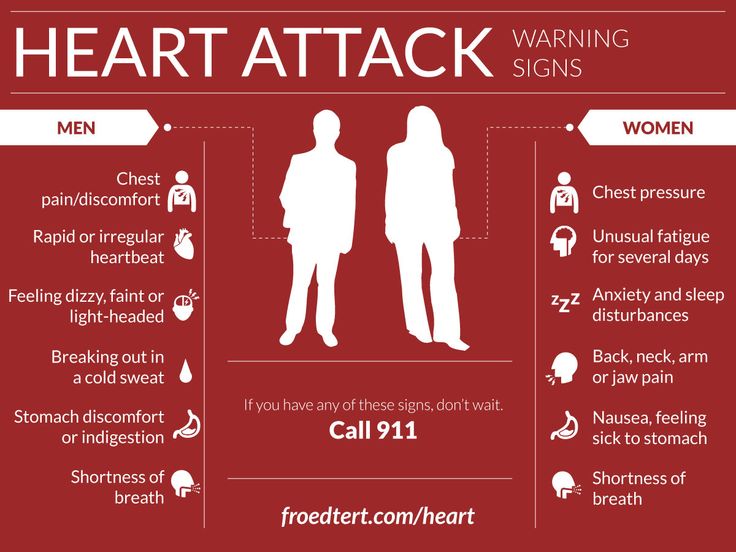 This is explained by the fact that because of his supernatural suspicion, the patient does not trust anyone or anything, extending his suspicions to the doctor and the drugs prescribed by him. He perceives psychotherapy as another attempt to manipulate his mind. In addition, the paranoid categorically denies the morbidity of his condition, and relatives who prove the need for treatment are transferred by the paranoid into the category of "enemies".
This is explained by the fact that because of his supernatural suspicion, the patient does not trust anyone or anything, extending his suspicions to the doctor and the drugs prescribed by him. He perceives psychotherapy as another attempt to manipulate his mind. In addition, the paranoid categorically denies the morbidity of his condition, and relatives who prove the need for treatment are transferred by the paranoid into the category of "enemies".
The need for treatment becomes especially acute if a person ceases to be socialized, which is manifested by a willingness to isolate himself from the “persecuting” society or even attack an object that is harmful, in his opinion. Such a transition from the passive course of the disease to the active phase is an indication for inpatient treatment.
In the event of an attack of paranoia, it is necessary to call an ambulance, and unnoticed by the patient. Before the arrival of a specialized team, in no case argue with the patient, accept his position and even play along a little.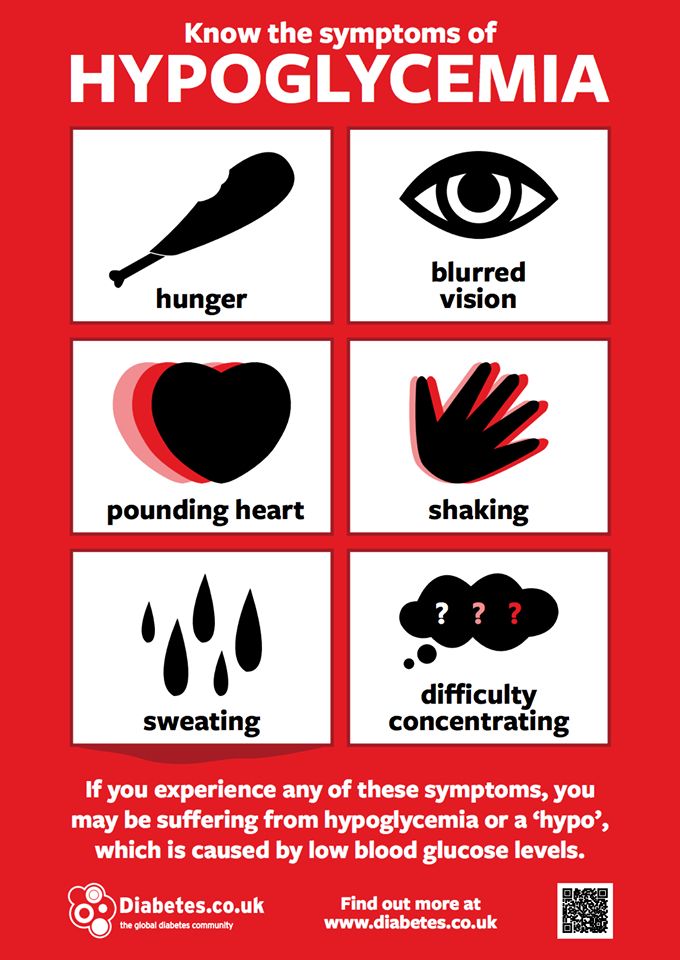 Do not try to prove something or appeal to common sense. This is useless and even dangerous, since the delusions of the paranoid cannot be corrected. If the arrived specialists cannot stop the attack and relieve the psycho-emotional stress on the spot, the patient is hospitalized.
Do not try to prove something or appeal to common sense. This is useless and even dangerous, since the delusions of the paranoid cannot be corrected. If the arrived specialists cannot stop the attack and relieve the psycho-emotional stress on the spot, the patient is hospitalized.
In the chronic course of paranoia, outpatient complex treatment is indicated, the main element of which is drug therapy with the use of anti-delusional antipsychotics. Their action is aimed at normalizing the exchange of neurotransmitters and blocking the excitation of the nerve centers responsible for the symptoms of paranoia. The appointment of other pharmacological drugs is symptomatic and is aimed at eliminating the symptoms of paranoia that prevail in a particular patient. For example, antidepressants are used to relieve depressive moods, tranquilizers - to eliminate fear and anxiety, sleeping pills - to normalize sleep.
An additional and important direction in the complex treatment of paranoia is psychotherapy.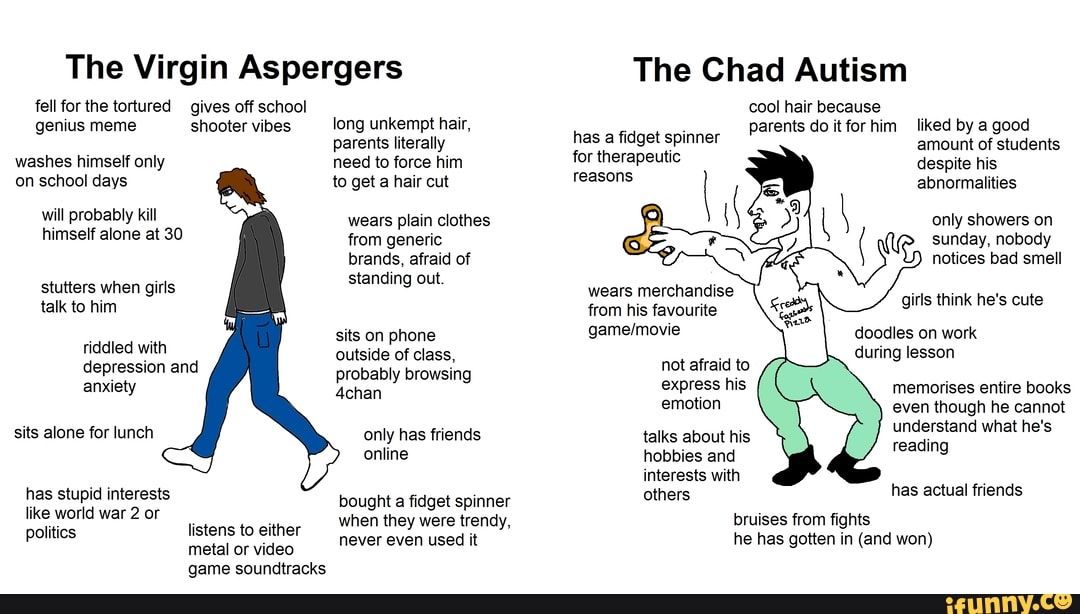 It is aimed primarily at restoring socialization and eliminating elements of irrational behavior in patients with paranoia.
It is aimed primarily at restoring socialization and eliminating elements of irrational behavior in patients with paranoia.
At the first stage of treatment, the main thing is to establish contact and trusting relationships with the patient. This is extremely difficult to achieve, but possible. If the patient himself decided to be treated and correctly assesses his condition, this is already half the success in getting rid of paranoia. Unfortunately, this development is rare. Most of these patients remain outside the attention of psychiatrists and psychotherapists (what is the difference between a psychiatrist and a psychotherapist) for a long time, sometimes for decades. If, during an exacerbation, situations occur that are dangerous to the life of the patient himself (auto-aggression) and / or his environment, then only then treatment begins, usually in stationary conditions.
The choice of drugs, as well as psychotherapeutic methods of correction, depends on many factors - on the general physical condition of the body, mental characteristics, gender, age and the main symptoms.
In drug treatment, it should be borne in mind that abrupt discontinuation of drugs can lead to the so-called withdrawal syndrome, when, after stopping treatment, the symptoms of the disease return again and sometimes with more force than before treatment.
Only drug therapy, not supported by psychotherapy, is not able to fully return the patient to a normal life in society. It is possible to achieve stable and long-term remission only with the use of both methods of therapy - medication and psychotherapy. The most effective in the treatment of paranoia are Gestalt therapy, cognitive behavioral therapy (CBT) and psychodynamic psychotherapy. Unfortunately, paranoia is a disease that is treated for a long and difficult time, sometimes for 10 years. If the treatment is carried out on an outpatient basis, then it is important to take drugs according to the scheme developed by the doctor, the regularity of psychotherapy sessions, following the recommendations of the psychotherapist, using the acquired communication skills, and after achieving remission, periodic consultations with the specialist observing the patient.
